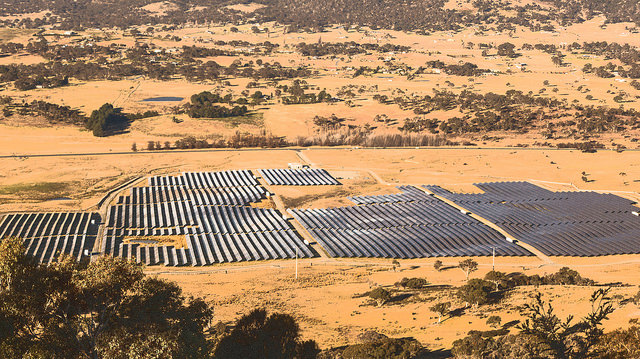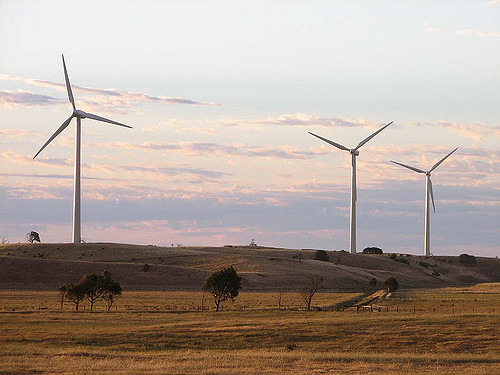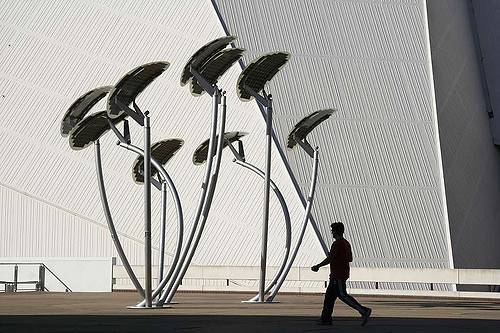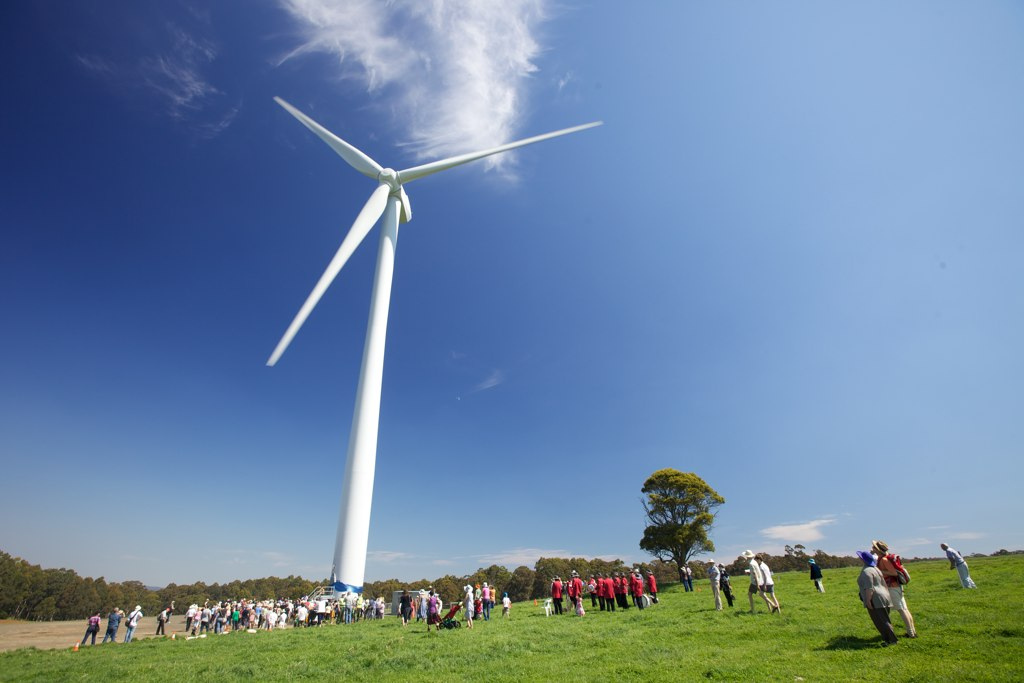Federal inaction on climate change getting you down? Next time you’ve got the climate blues, just think about Australia’s renewable energy champions – the governments and local leaders at state, city and community level who are stepping up to take action!
Federal Government
Since 2014, uncertainty has dogged Australia’s national renewable energy policy – brought about by the Federal Government reviewing and reducing the Renewable Energy Target, repealing the Carbon Pricing Mechanism, supporting a Senate Inquiry into wind energy and appointing a Wind Farm Commissioner.
These actions have undoubtedly hampered confidence in Australia as a place to invest in renewable energy. Investment in large-scale renewable energy remains at levels well below the annual investment in the sector between 2010 and 2013. Employment in the renewable energy sector declined by 27% between 2012 and 2015, with 5,000 jobs lost.
States and territories
Facing the prospect of falling investment and jobs, a number of state and territory governments have taken matters into their own hands and stepped up support for renewable energy.

In the past year, the number of states and territories with renewable electricity targets has increased from two to four, and almost all states and territories have increased their policy and program support!
While Australia’s national Renewable Energy Target aims to achieve at least 20% of Australia’s electricity by 2020, four states and territories are aiming much higher, and taking action to get there.
The Australian Capital Territory (ACT) has the highest target (100% by 2020), followed by South Australia (50% by 2025), Queensland (50% by 2030 and one million solar rooftops) and Victoria (25% by 2020 and 40% by 2025).
 Canunda Wind Farm, SA
Canunda Wind Farm, SAPint-sized powerhouse the ACT almost single-handedly boosted Australia’s wind industry in 2015, with all three wind power projects under construction at the end of the year winners under the ACT’s reverse auction process.
The Victorian Government too has followed suit, recently signing contracts with two wind farms – Kiata and Mount Gellibrand – in order to bring forward their construction, and associated investment and jobs.
Cities, communities, and towns
Action on renewable energy doesn’t stop with the states. Many of Australia’s major cities, local councils and communities are now leading their respective states on renewable energy. Legends!
Targets include:
- Sydney – 50% renewable electricity by 2030, net zero emissions by 2050
- Melbourne – zero net emissions by 2020
- Adelaide – aims to be the world’s first carbon neutral city
 Adelaide’s Solar Trees
Adelaide’s Solar TreesThese cities are implementing a range of exciting measures to achieve their targets. For example, the City of Melbourne is leading a collaboration of large energy users in the city (organisations like the Melbourne Zoo, Australia Post, universities, and nearby councils) in purchasing 110 GWh of large scale renewable electricity. The Melbourne Renewable Energy Project is designed to help the city reach 25% of its electricity coming from renewables by 2018.
Communities and local councils across Australia are also playing their part, actively transitioning away from fossil fuelled electricity to renewable energy power. A recent survey by Beyond Zero Emissions found almost one in five councils have set zero emission or 100% renewable energy targets. Noosa, Uralla, Yackandandah and Newstead are just some of the many communities now working towards 100% renewable energy.
 Hepburn Community Wind Farm
Hepburn Community Wind Farm
Read more in our latest report: Game On: The Australian Renewable Energy Race Heats Up.
Image credits:
- Royalla Solar Farm, ACT: Flickr user Allan Sharp licensed under CC BY-SA 2.0
- Canunda Wind Farm, SA: Flickr user David Clarke licensed under CC BY-NC-ND 2.0
- Adelaide’s Solar Trees: Flickr user David Clarke licensed under CC BY-NC-ND 2.0
- Hepburn Community Wind Farm: Flickr user Hepburn Wind licensed under CC BY-NC-ND 2.0